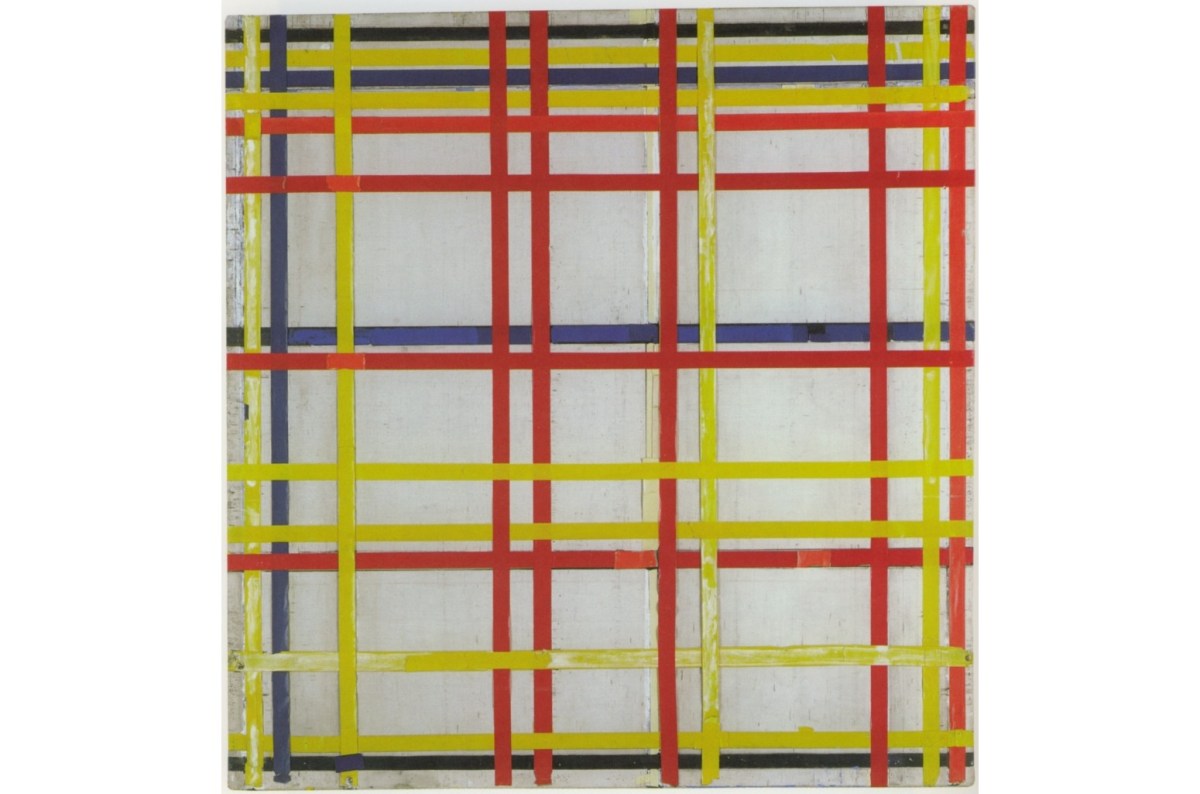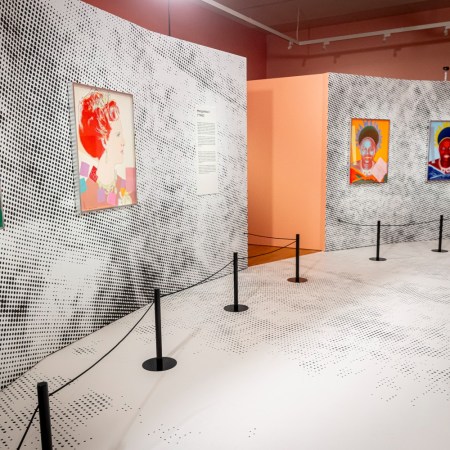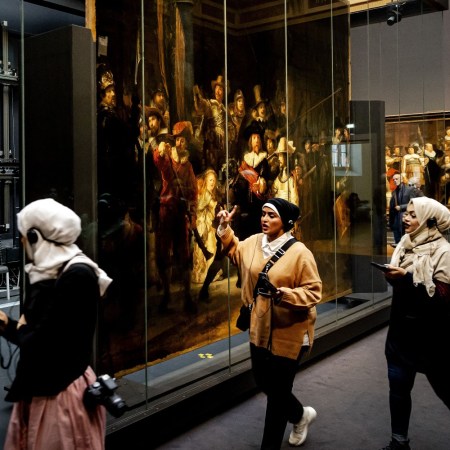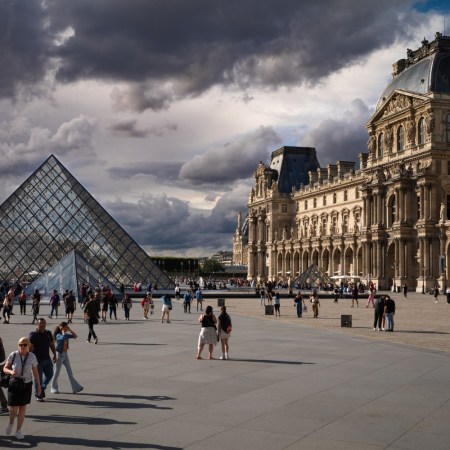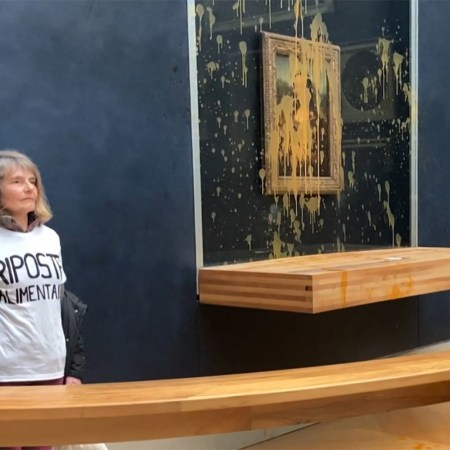What happens when you turn a work of art on its head? That’s not meant as a figure of speech; instead, in the case we’re about to describe, it’s meant very literally. Had the Mona Lisa depicted an inverted world, gazing upon it would be a very different experience than looking at it in its current state. But that’s one of the differences between figurative and abstract art — it’s relatively easy to know what the proper orientation of the former is.
When it comes to the latter, though, all bets are off. (I say this as someone who was once very confused by a postcard of a Mark Rothko painting without much of a sense of which side was up.) All of which makes the recent news that a German museum hung Piet Mondrian’s New York City I upside down for the last 75 years feel almost reassuring. “See,” says a reassuring voice in the back of my mind. “Even art professionals get things confused sometimes.”
To be fair, the Mondrian painting is an engrossing work of art regardless of what angle you’re viewing it from. For me, at least, some of the power of large-scale works of abstract art is their immersive quality; they feel like windows onto an unexpected landscape.
According to Hyperallergic’s article on the work, the discovery of the error was made by curator Susanne Meyer-Büser, who was researching Mondrian for an exhibit at the Kunstsammlung Nordrhein-Westfalen. Meyer-Büser found a photograph of the painting at Mondrian’s studio, which was one of several clues that the painting had been displayed incorrectly for all these years.
The condition of the painting requires that it stay in the same position, however — so the incorrect positioning remains the status quo. Consider it abstract art with a side order of literary theory for you to ponder in the days to come.
Thanks for reading InsideHook. Sign up for our daily newsletter and be in the know.
